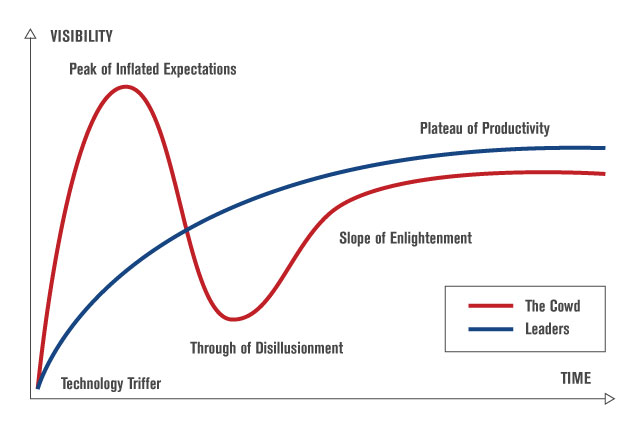For the last few weeks, I’ve been undertaking a critical inquiry of the Duolingo learning app, and been reporting my findings, progress and observations here. I picked Duolingo because I’m interested in the use of digital technologies for self-directed learning. Duolingo came to mind because it is very popular, and demonstrated that second-language acquisition (SAL) is a prime opportunity for such such technologies. I tackled the subject from two directions. First, I was curious to learn whether or not Duolingo had employed the latest learning methodologies in its design. Or, specifically, to what extent Duolingo’s use of spaced-repetition could be substantiated by recent research. Knowing that would help to determine whether or not Duolingo’s success demonstrated the effectiveness of those methodologies or not. Or, to what extent Duolingo was genuinely intent on creating a useful app that would assist in SAL, or if instead, as is often typical of modern digital technologies, was primarily intended for financial gain, by creating a “sticky” experience that generated high traffic to their platform.
For that reason, I also investigated what I could about Duolingo’s business history. It turns out I found some fascinating information, and shown how Duolingo is merely the latest project of a long history of the Pentagon’s interest in cybernetics, and specifically, the development of artificial intelligence. That has been enlightening, especially about the ulterior purposes of many popular digital technologies. That has inspired me to look beyond the hype, to explore less celebrated tools, where I have discovered not only other great language learning platforms, but also approaches to SAL which are not being widely adapted, as I outlined in my last post. These discoveries, and my final observations, will be the substance of my critical inquiry as part of my final assignment for this course.



